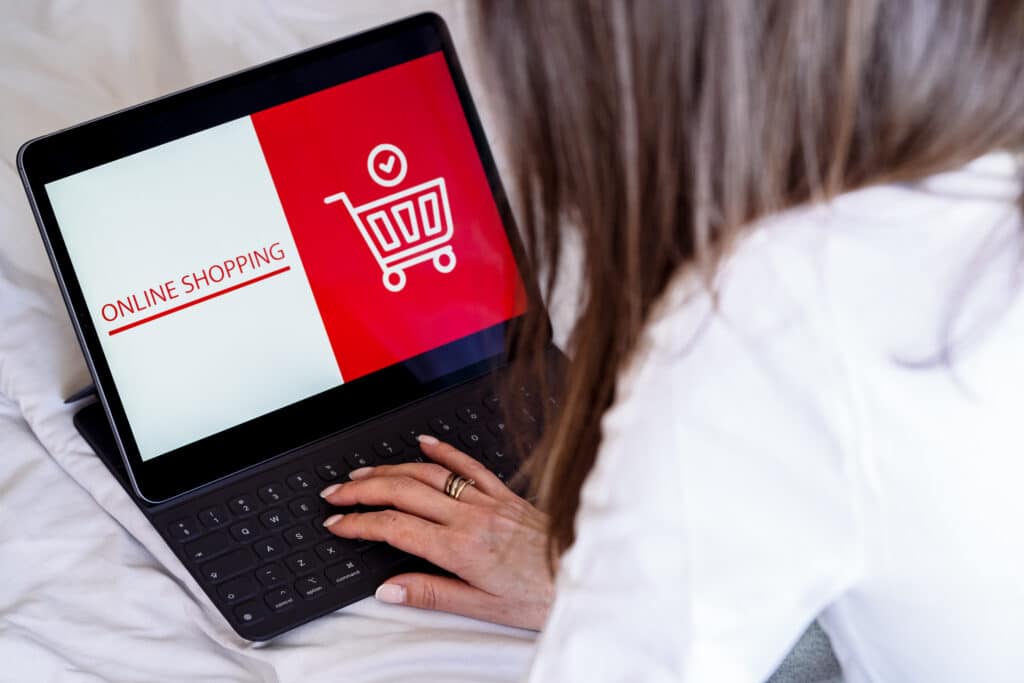Retail design comprises a large portion of our work portfolio. In fact, it’s occupied a sizeable percentage since the very inception of VP Engineering. We’ve designed across the entire retail spectrum over the past 15 years and have subsequently witnessed the rise of several retail trends from big-box power centers and the advent of discount retailers to the upsurge in frozen yogurt storefronts. Market forces driven by ever-changing consumer taste start, grow and mature these same trends in an ever-repeating cycle where each builds on the foundation of the last. However, the life of a retail trend is often finite. When it plateaus, it must find the means and the measures to overcome the lack of continued support. To achieve this, the trend must utilize new technology, new attitudes, new markets, new demographics or even a new trend to support it.
In the same 15-year period since VP’s founding, E-commerce has grown tremendously. Online retail now allows consumers to purchase anything from the convenience and comfort of their own house or phone. According to multiple industry articles, this ease in accessibility has spurred discussions on the impending (and potentially inevitable) retail apocalypse. Retailers fear that the growth in e-commerce is not merely a trend, but a new way of life that will not simply eclipse in-store retail, but dominate it.
However, a different picture emerges when general trends within the retail sector are examined more closely. Melina Cordero, the Director of Retail Research for the America’s at CBRE, did just that. I recently had the pleasure of hearing Melina speak as the keynote at a local ICSC event. In her presentation, Melina offered some surprising statements about the retail industry, backed those statements with hard numbers, and put the “bricks-vs-clicks” debate into perspective.
Below are just a few key highlights from her presentation :
- The year-on-year e-commerce sales are over 3 times the year-on-year in-store sales. However, over 90% of retail sales still occur in-store. And in reality, nearly 50% of e-commerce sales go to brick-and-mortar stores.
- Brick-and-mortar retailers are leveraging online sales: ~22% of Nordstrom’s revenue and ~53% of Williams-Sonoma’s is earned online.
- An omni-channel platform is expensive; free delivery is anything but free, and returns cost even more.
- Many brands, which got their start online, are now opening physical stores: Bonobos, Peloton and Untuckit to name but a few.
- Millennials live and spend differently than the traditional consumer, preferring to spend on services and objects that allow them to live in the moment more fully.
- The shopping mall is not dead. That said, landlords will need to rethink their tenant mix and what actually attracts shoppers, as well as re-examine the traditional tenant-landlord relationship.
So, what does all this mean? While consumer preferences are clearly changing, and more customers prefer to shop online, this doesn’t signal the end of brick and mortars. Rather, this ebb and flow is merely indicative of an age-old characteristic of capitalism. Business will continue unfettered regardless of fluctuating trends; it’s only in a company’s response to those trends that they will ultimately determine their success.



